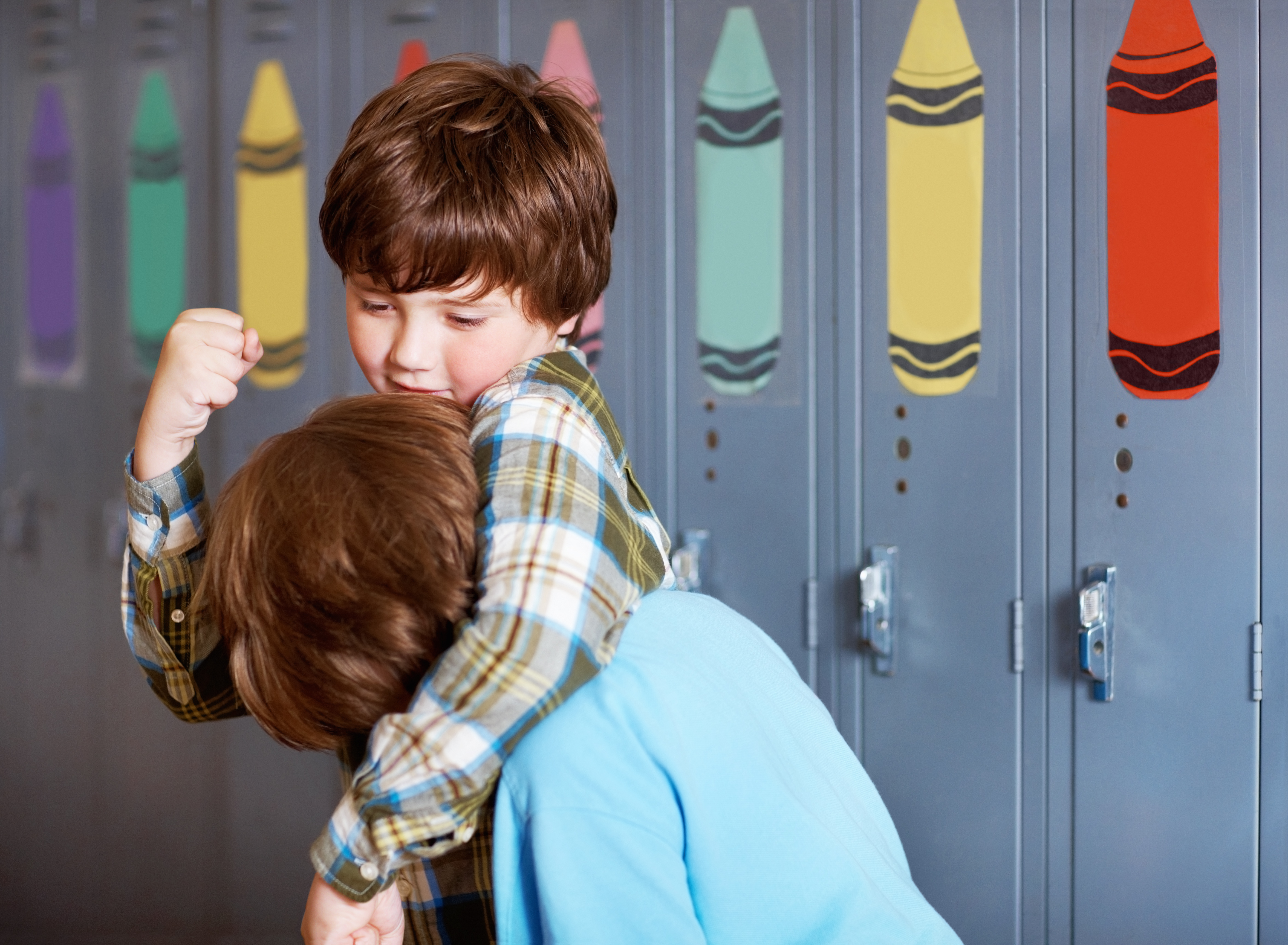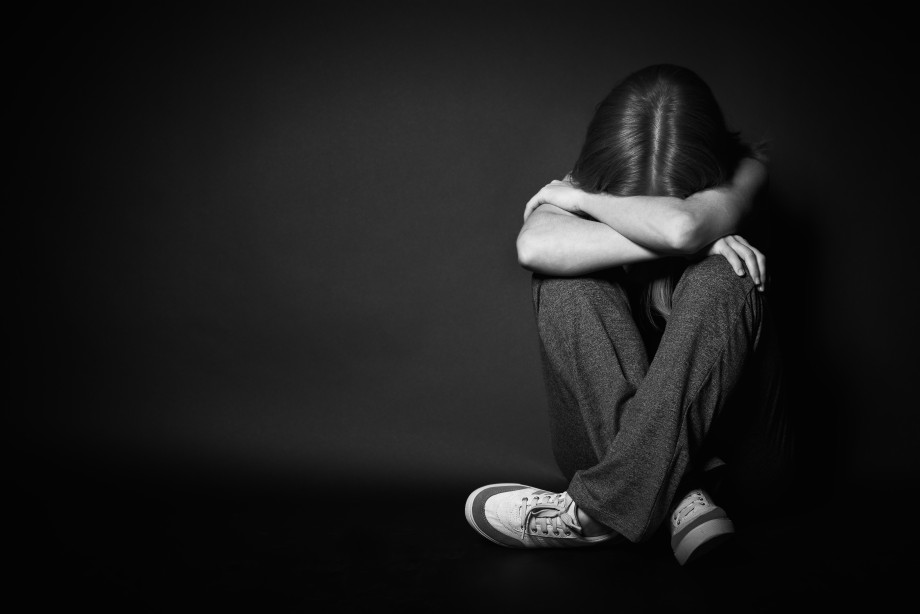Approximately 40.000 (5 percent) children and teenagers in Norway experience bullying on a regular basis. Nearly as many are bullies.
An aggressive act directed against a victim, by one or more persons together.
An uneven relationship in strength between the person(s) who bully and the victim.
Recurring aggressive actions occurring over time.
World Anti-Bullying Forum takes place in Stavanger June 11 – 13, 2025. The Norwegian Centre for Learning Environment is host.
Read more at the WABF website.
Traditional bullying
Traditional bullying is bullying that occurs by physical proximity.

First publised September 17, 2015
It can be physical. It is far more common that boys use this form than girls, and physical bullying is generally not the most prevalent type. Physical bullying is rarely silent, making verbal harassment an issue as well. The most common form of traditional bullying is malicious teasing, and it is used by both boys and girls. Exclusion by freezing out, is a third type, and it is relatively speaking mostly used by girls.
Another important aspect of traditional bullying is whether it is open or hidden. In open bullying, the signs are clear to the victim and others present, while hidden bullying is the use of camouflaged or ambiguous characters. Bullying among girls is often presented in hidden characters, but not always.
Hidden bullying
Hidden bullying is at least as serious as open forms of bullying and often causes great psychological harm to the victim when the bullying takes place over time.

First published September 15, 2015
Too many children and teenagers are tormented in hidden ways for years without adults picking up on it or doing something about it in a good way. There is a great risk of belittling what is happening and of misunderstanding the situations.
Hidden bullying is often expressed in a way that can seem undramatic and harmless to outsiders, and adulte can often think that the difficulties lie within the victim. "She's so quiet and timid," or “he has a very special manner”..
Hidden bullying can often take place over a very long period and the harassment can lead to mental and social problems throughout life.
When a pupil is subjected to hidden bullying, it is particularly challenging to notice the negative social interactions going on because the aggression exerted is often subtle and undramatic in its expression.
Physical violence is visible and harassment using bad words are audible, but when someone bothers classmates indirectly, the aggression is exerted covertly. Indirect bullying consists of many different techniques that vary but which have in common that they do not have a clearly aggressive expression such as punches, kicks and ugly remarks.
Hidden bullying often starts with backbiting and spreading rumors about a person. The process starts by a student talking negatively about another student's appearance, personality or actions of others. From an objective view, the victim of the rumor does not necessarily stand out from the others, but when something is said often enough, it has a tendency to become a truth.
